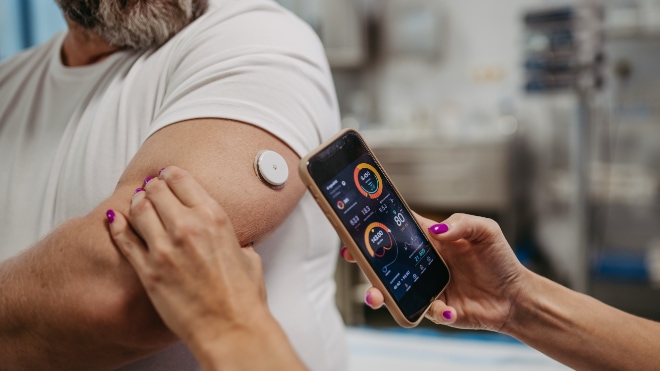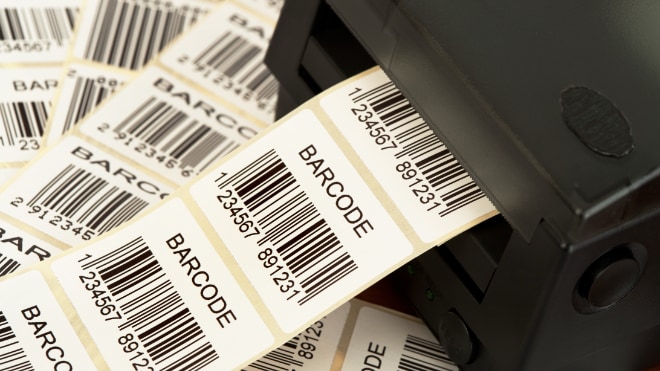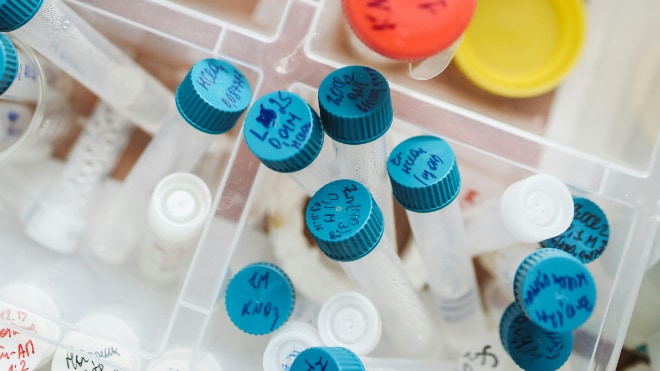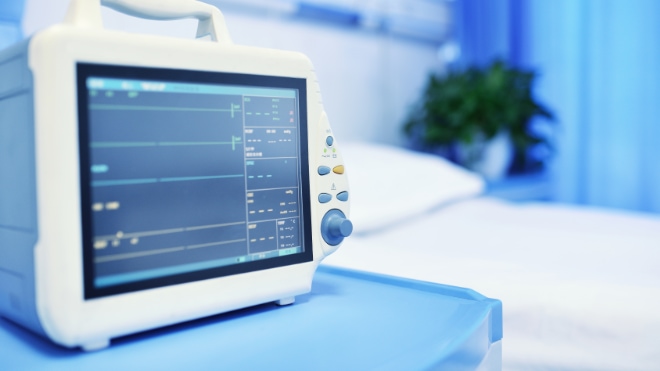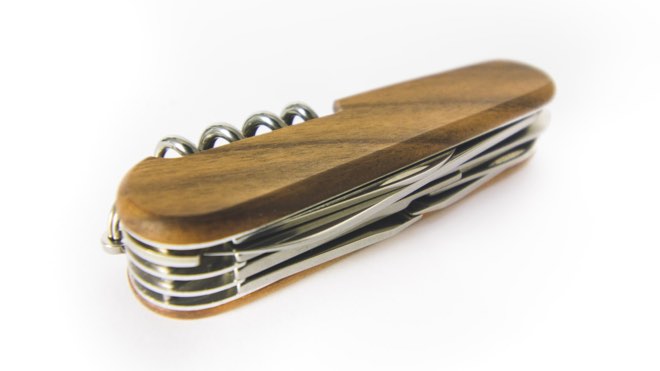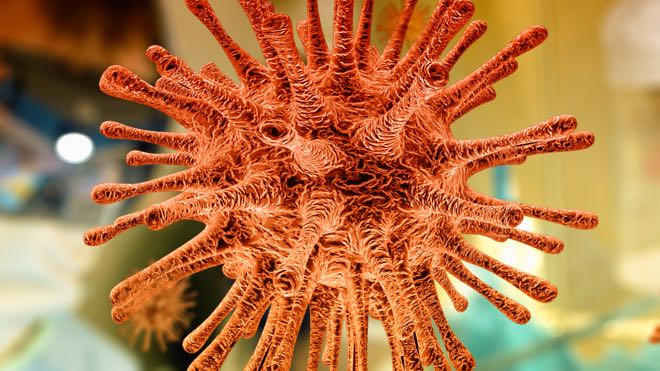
If you are confused about the impact of the UK’s departure from the EU on certification of medical devices, you are not alone.
The UK’s departure from the EU — as well as the imminent full implementation of the Medical Device Regulation (EU) 2017/745 — has led to different rules for the regulatory compliance of medical devices in Great Britain, Northern Ireland, and Europe. Given that many manufacturers either already sell in more than one of these territories (and many others plan to do so in future), it is imperative that companies understand how to most effectively ensure MDR compliance of their products.
In this article, we show you how to ensure regulatory alignment of your devices in the territories relevant to your products. If you have any questions after reading this article, please feel free to contact a member of the Mantra Systems team who will be happy to help.
Basic position
The Medical Device Regulation (MDR) 2017/745 will be fully implemented in Europe on 26th May 2021. After this date, all medical device certifications in Europe must be obtained according to the MDR standard. The Medical Device Directive 93/42/EC (“MDD”) will no longer apply to new or updated certifications in the EU.
Because the MDR implementation date falls after the end of the UK’s transition period for leaving the EU (1st January 2021), the MDR will not take direct effect in the UK. The (confusingly named) UK Medical Device Regulations (2002) (as amended) will continue to apply in the UK after 26th May 2021. Because the 2002 Act implemented the MDD into UK law, the MDD continues to be the ‘baseline’ legislative standard in the UK — not the MDR.
Therefore, while medical devices in the EU will continue to apply the CE-mark as a sign of regulatory conformity, the UKCA mark will apply to devices sold in the UK. In certain circumstances a UKNI mark will apply to devices sold in Northern Ireland.
Transitional arrangements
A number of transitional arrangements have been agreed by the UK competent authority (the MHRA) to avoid disruption to market access and ensure ongoing medical device supply. These transitional arrangements are vital to understand since they enable manufacturers who sell in more than one territory to avoid unnecessary duplication of regulatory time and expense.
There are different rules for Great Britain and Northern Ireland.
Great Britain
The MHRA will continue to accept CE-marked devices on the Great Britain market until 30 June 2023. This ruling applies to devices that have been CE-marked under any of the following EU standards:
- Directive 90/385/EEC on active implantable medical devices (EU AIMDD)
- Directive 93/42/EEC on medical devices (EU MDD)
- Directive 98/79/EC on in vitro diagnostic medical devices (EU IVDD)
- Regulation 2017/745 on medical devices (EU MDR)
- Regulation 2017/746 on in vitro diagnostic medical devices (EU IVDR)
After 1 July 2023, new devices placed on the Great Britain market will need to conform with UKCA marking requirements. UKCA marks may be used voluntarily before this date for CE-marked products, but this is not obligatory. All devices sold in Great Britain must be registered with the MHRA and be represented by a UK-based Authorised Representative.
If a device already has a valid CE-mark, it is not necessary to re-label the device with a UKCA mark until 1 July 2023 for placement on the Great Britain market. Devices can have both marks present on the labelling prior to 1 July 2023, and dual marking will continue to be accepted on the Great Britain market after 1 July 2023.
Therefore: if you are a manufacturer who sells devices in both Europe and Great Britain (or intends to before 2023) then CE-marking your devices under the MDR represents the most appropriate course of action. This will ensure your devices can be sold in the EU after 26th May 2021 and in the UK (including Northern Ireland) until 31st May 2023 without further changes.
Northern Ireland
Different rules apply for placing devices on the market in Northern Ireland. Unlike in Great Britain, the Medical Device Regulation (MDR) 2017/745 will apply directly in Northern Ireland after 26th May 2021. A CE-mark is needed for devices placed on the Northern Ireland market and EU rules need to be met; the UKCA mark alone will not be valid in Northern Ireland.
CE-marking for placing a device on the market in both Northern Ireland and the EU will need to be in accordance with the MDR and will necessitate use of an EU-recognised Notified Body.
However, for the purposes of accessing the Northern Ireland market without the EU market, a medical device manufacturer may choose to use a UK Notified Body rather than one based in the EU. In this case, manufacturers would need to apply the UKNI mark alongside the CE-mark for devices sold in Northern Ireland. The UKNI marking must not be used on its own.
Summary
- I will sell medical devices only in Europe
In this case, the MDR is the appropriate standard to work to. - I will sell devices in both Europe and the UK
The MDR would continue to be the most appropriate standard since MDR compliance is obligatory in Europe after 26th May 2021 and CE-marks obtained under the MDR will be recognised in the UK until 31st May 2023. Devices sold in the UK must be registered with the MHRA and you will need a UK-based Authorised Representative. - I will sell devices only in the UK (including Northern Ireland)
In this case you would have a choice. One option would be to work to the MDR standard and undergo a conformity assessment with an EU-based Notified Body. In this case the device would bear a CE-mark which would be recognised in both Great Britain and Northern Ireland. Another option would be to undergo a conformity assessment via a UK-based Notified Body. In this case your devices would bear a UKCA mark in Great Britain and both a UKCA and UKNI mark in Northern Ireland. - I will sell devices only in Great Britain
In this case you could work to the MDD-equivalent standard and undergo conformity assessments from a UK-based Notified Body. Your devices would bear a UKCA mark which would not be recognised on its own outside Great Britain.
Final thoughts
As can be seen, in most cases the MDR represents the most appropriate regulatory standard. Conformity to MDR standards offers the greatest flexibility in market access and limits the potential for unnecessarily duplicating regulatory submissions.
The structure and format of UK medical device legislation after 2023 remains an unknown at present. However, given the convergent evolution of medical device legislation throughout the world, it is highly likely that post-2023 rules will closely resemble those seen in the EU MDR.
For further information on ensuring regulatory alignment of your devices, please see our Medical Device Regulatory Consulting Services or contact a member of our team.






